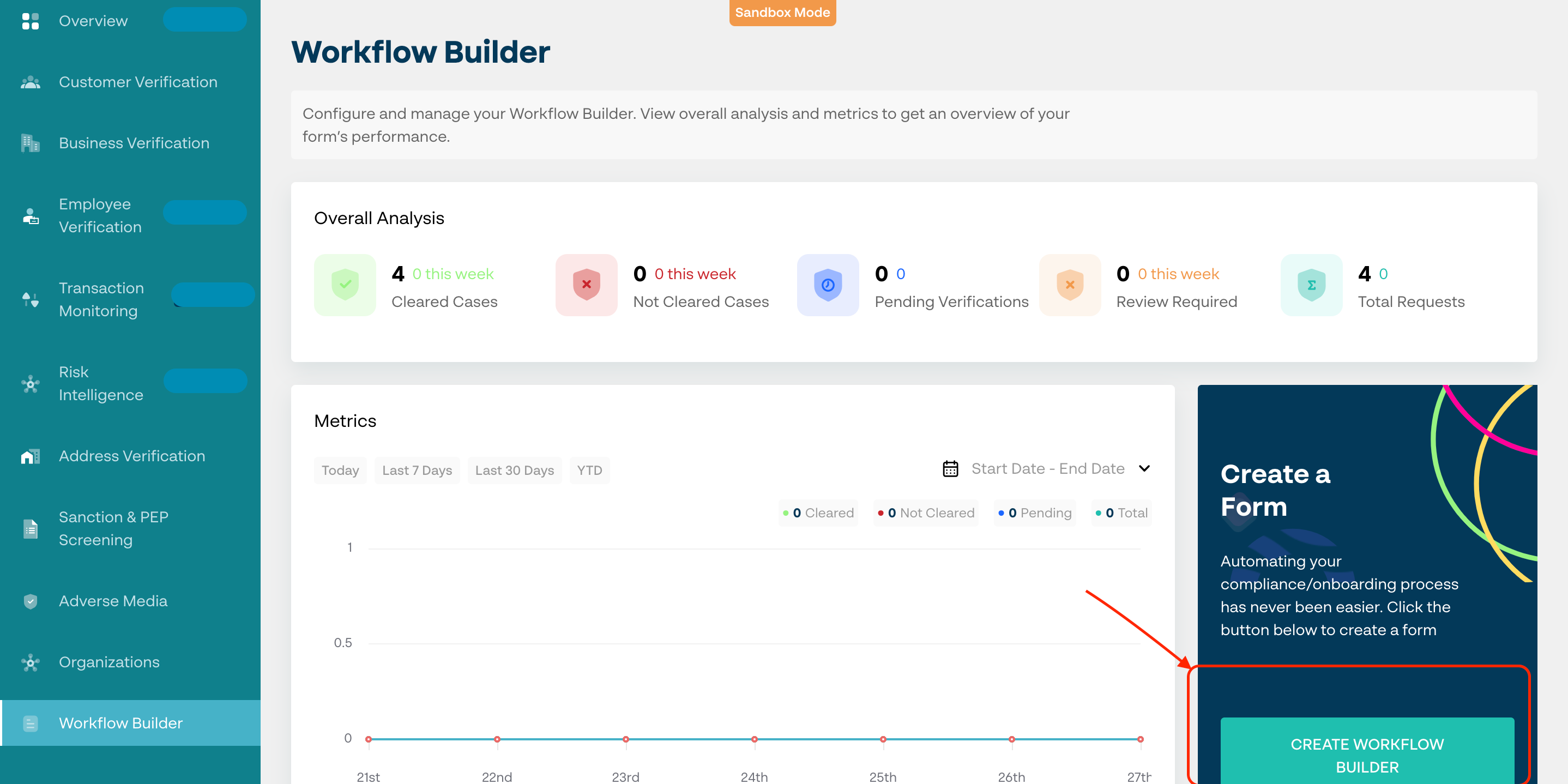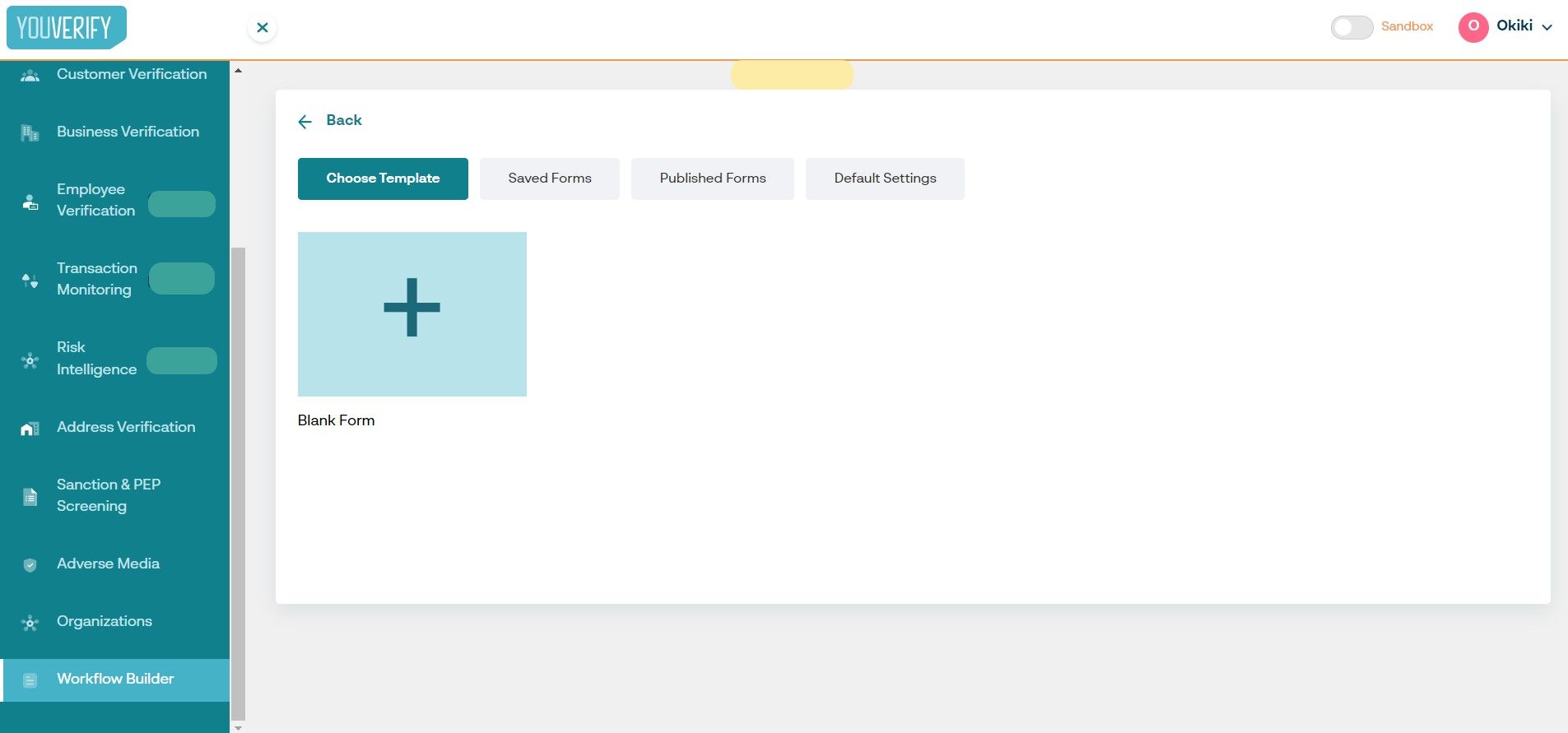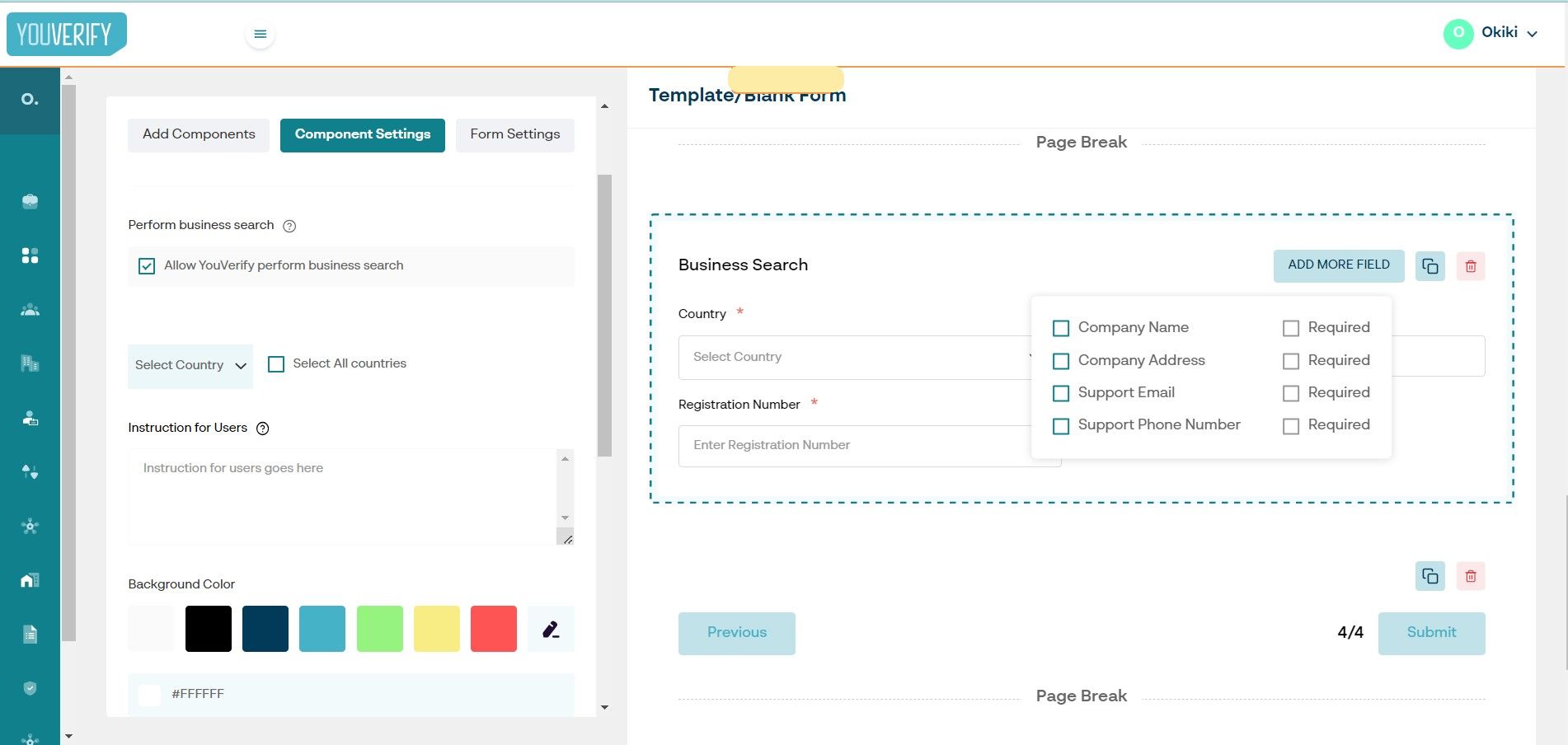Adhering to regulatory compliance requirements is crucial for organizations across industries. Failure to comply with regulations can result in severe penalties, reputational damage, and legal consequences. To navigate this challenging terrain successfully, businesses must adopt compliance best practices that establish a strong foundation for meeting regulatory obligations.
What is Regulatory Compliance?
Regulatory compliance is the process of adhering to the rules, regulations, and guidelines set forth by governing bodies and industry standards. It ensures that organizations operate within legal boundaries and follow the prescribed protocols. Regulatory compliance covers various areas, including finance, healthcare, data privacy, and environmental regulations.
Maintaining regulatory compliance is crucial for businesses, as non-compliance can lead to severe penalties, reputational damage, and legal consequences. It demonstrates an organization's commitment to ethical conduct, transparency, and responsible business practices.
Why is Regulatory Compliance Important?
Here are some of the reasons why regulatory compliance is important:
1. Maintains the Integrity and Reputation of an Organization
Compliance with regulations is essential to maintain the integrity and reputation of an organization. It helps protect consumers, employees, and stakeholders from potential harm, fraud, or unethical practices.
2. Ensures Fair Competition in the Marketplace
Regulatory compliance also ensures fair competition in the marketplace, preventing monopolistic behaviour and promoting a level playing field.
3. Enhances Operational Efficiency
Regulatory compliance enhances operational efficiency, reduces the risk of non-compliance penalties, fosters trust among customers and partners, and improves overall corporate governance.
4. Helps Organizations Identify and Manage Potential Risks
Compliance also helps organizations identify and manage potential risks, enabling them to adopt proactive measures to mitigate any adverse impact. In addition to the legal and ethical considerations, regulatory compliance can provide several benefits to organizations.
What are the Common Challenges in Achieving Regulatory Compliance
Despite its importance, achieving regulatory compliance can be a complex and daunting task for organizations. Several challenges often hinder their efforts in meeting the requirements effectively.
a. Ever-changing Regulatory Landscape
One of the primary challenges is the ever-changing regulatory landscape. Laws and regulations are constantly evolving, making it challenging for organizations to keep up with the latest requirements. This necessitates continuous monitoring and updating of compliance policies and procedures.
b. Lack of Awareness and Understanding of Regulatory Requirements
Another common challenge is the lack of awareness and understanding of regulatory requirements. Organizations may struggle to interpret complex regulations and translate them into actionable steps. This highlights the importance of having knowledgeable compliance professionals who can navigate through the intricacies of various regulations.
c. Resource Constraints
Additionally, resource constraints, such as limited budgets and personnel, can pose challenges in implementing comprehensive compliance programs. Organizations may face difficulties in allocating sufficient resources to compliance initiatives, potentially compromising their ability to meet all regulatory obligations.
What are the Tips for Ensuring Regulatory Compliance
While achieving regulatory compliance can be challenging, organizations can follow certain tips and strategies to enhance their compliance efforts:
1. Stay Informed and Updated:
Regularly monitor regulatory changes and updates that may impact your industry. Engage with industry associations, subscribe to regulatory newsletters, and participate in conferences and webinars to stay informed.
2. Establish a Compliance Culture:
Foster a culture of compliance across the organization by promoting ethics, transparency, and accountability. Develop and communicate a clear code of conduct and ensure employees receive regular compliance training.
3. Perform Regular Risk Assessments:
Conduct regular risk assessments to identify potential compliance risks and gaps. Evaluate the impact and likelihood of each risk and prioritize mitigation efforts accordingly.
4. Develop Robust Policies and Procedures:
Create comprehensive policies and procedures that outline compliance requirements and expectations. Ensure they are accessible, regularly reviewed, and updated to reflect any regulatory changes.
5. Implement Effective Internal Controls:
Establish internal controls to monitor and enforce compliance with policies and procedures. This includes segregation of duties, regular audits, and implementing appropriate reporting mechanisms.
6. Maintain Accurate Documentation:
Keep detailed records of compliance activities, including policies, training materials, risk assessments, and audit reports. Maintaining accurate documentation is crucial to demonstrate compliance efforts to regulators and auditors.
Best Practices for Compliance Management
To effectively manage compliance, organizations can adopt the following best practices:
i. Assign Dedicated Compliance Personnel:
Designate a compliance officer or team responsible for overseeing compliance efforts. They should have the authority, expertise, and resources to develop and implement compliance programs effectively.
ii. Establish Clear Communication Channels:
Ensure open lines of communication between compliance personnel, management, and employees. Encourage reporting of potential compliance issues and provide mechanisms for anonymous reporting to protect whistleblowers.
iii. Regularly Train Employees:
Provide regular compliance training to all employees to ensure they understand their responsibilities and obligations. Tailor the training to address specific compliance risks relevant to each department.
iv. Conduct Periodic Internal Audits:
Periodically conduct internal audits to assess the effectiveness of compliance programs and identify areas for improvement. These audits can help identify potential compliance gaps and ensure adherence to established policies.
v. Engage External Experts:
Seek external expertise when needed, such as legal counsel or compliance consultants. They can guide complex regulatory matters and help organizations navigate through challenging compliance issues.
Regulatory Compliance Frameworks and Standards
To streamline compliance efforts, organizations can leverage regulatory compliance frameworks and standards. These frameworks provide a structured approach to assessing, implementing, and monitoring compliance programs. Some widely recognized frameworks include:
1. ISO 19600:
The ISO 19600 standard provides guidelines for establishing, implementing, maintaining, and improving a compliance management system. It helps organizations develop a systematic approach to compliance while aligning with international best practices.
2. NIST Cybersecurity Framework:
The NIST Cybersecurity Framework offers a risk-based approach to managing and improving cybersecurity. It helps organizations identify and manage cybersecurity risks while ensuring compliance with regulatory requirements.
3. PCI DSS:
The Payment Card Industry Data Security Standard (PCI DSS) is a set of safety measures developed to safeguard cardholder data. Compliance with PCI DSS is essential for organizations that handle payment card transactions.
Training and Education for Compliance Professionals
To navigate the complex world of regulatory compliance, compliance professionals require specialized training and education. They need to stay updated with the latest regulations, industry trends, and best practices. Organizations can provide training and educational opportunities to enhance their compliance professionals' knowledge and skills through:
a. Certification Programs:
Encourage compliance professionals to pursue relevant certifications, such as Certified Compliance and Ethics Professional (CCEP) or Certified Regulatory Compliance Manager (CRCM). These certifications validate their expertise and demonstrate commitment to professional development.
b. Continuing Education:
Support compliance professionals in attending conferences, seminars, and workshops focused on compliance topics. These events offer valuable networking opportunities and insights into emerging compliance issues.
c. Internal Training Programs:
Develop internal training programs tailored to the organization's specific compliance requirements. These programs can cover topics such as regulatory updates, risk assessment techniques, and effective compliance management strategies.
What are the Technology Solutions for Regulatory Compliance?
Technology plays a vital role in streamlining and enhancing compliance efforts. Organizations can leverage various technology solutions to automate compliance processes, manage data, and mitigate risks.
Some commonly used technology solutions for regulatory compliance include:
i. Compliance Management Software:
Use specialized compliance software to centralize compliance activities, monitor regulatory changes, and automate compliance workflows. These tools help streamline compliance efforts, improve collaboration, and ensure timely responses to regulatory requirements.
ii. Data Analytics and Reporting Tools:
Implement data analytics tools to identify compliance risks, detect anomalies, and generate meaningful reports. These tools enable organizations to gain insights from large volumes of data, enhancing decision-making and risk-management capabilities.
iii. Regulatory Tracking Systems:
Utilize regulatory tracking systems to monitor and manage compliance obligations. These systems provide real-time updates on regulatory changes, ensuring organizations stay informed and can adapt their compliance programs accordingly.
How to Audit and Monitor Compliance Efforts
Regular auditing and monitoring of compliance efforts are critical to identify potential gaps, ensure adherence to policies, and assess the effectiveness of compliance programs. Organizations can adopt the following practices to enhance their auditing and monitoring processes:
1. Establish an Internal Audit Function:
Create an internal audit function responsible for independently assessing compliance programs and controls. The internal audit team should have the necessary expertise and authority to conduct thorough and objective audits.
2. Implement Continuous Monitoring:
Utilize technology solutions to implement continuous monitoring of compliance activities. This allows organizations to detect and address compliance issues in real-time, ensuring prompt corrective actions.
3. Conduct Periodic External Audits:
Engage external auditors to conduct independent audits of compliance programs. External audits provide an unbiased assessment of an organization's compliance efforts and can help identify areas for improvement.
Ensuring regulatory compliance is a critical aspect of business operations. Organizations must understand the importance of compliance, the challenges they may face, and the best practices to follow.
How to Automate Compliance Using Technology
Here is a step-by-step process on how businesses can automate their compliance processes with the Youverify workflow builder:
Step 1: Login to your dashboard and navigate to “Workflow Builder” at the left tab of your screen. Select create workflow builder on the bottom right as seen in the image below.

Step 2: You can either opt to choose an existing template by selecting “Choose Template”, Select a designed form draft in “Saved Forms”, copy a previously created and deployed form in “Publish Forms” or edit the template preferences in "Default Settings" tab.

Step 3: Select the solution components necessary for your business compliance needs as indicated in “1” and tailor the user onboarding flow to your preference.

Step 4: Customise individual components to your business brand feel including colours, logo, background, etc.

Step 5: Review to ensure it satisfies all the important needs in your onboarding and publish. You can proceed to share a link directly with customers.
By adopting effective strategies, leveraging technology solutions, and staying proactive, organizations can navigate the complex regulatory landscape and safeguard their reputation, financial stability, and long-term success.
To learn more about regulatory compliance best practices and how to enhance your compliance efforts, contact our team of experts today. Don't let compliance risks hinder your business growth and reputation.
Visit Youverify today our automatable solutions can help your organization leverage customized technology solutions to automate compliance processes, manage data, and mitigate risks.